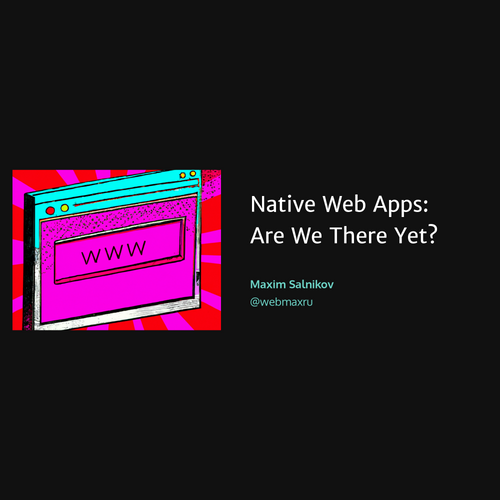Automatic Progressive Web Apps using Angular Service Worker
By Maxim Salnikov
Automatic Progressive Web Apps using Angular Service Worker
Progressive Web Apps are the next big thing for the web. They combine the advantages of two platforms: searchability and shareability of the web with capabilities and performance of native mobile. As a result, web developers can use their favourite tools to build installable, re-engageable, connectivity independent apps, that can bring native-like performance and user experience. The Angular Service Worker makes it easy to get started building PWA. It’s developed to automate main routines and provide us with some nice tools to control the progressive app behaviour. During this practical session, we'll have a look at NGSW’s main components, and how they take our web app to the next level. With just some simple updates we’ll get installable, offline-capable, mobile-network-friendly Angular app re-engaging users by push-notifications.




















